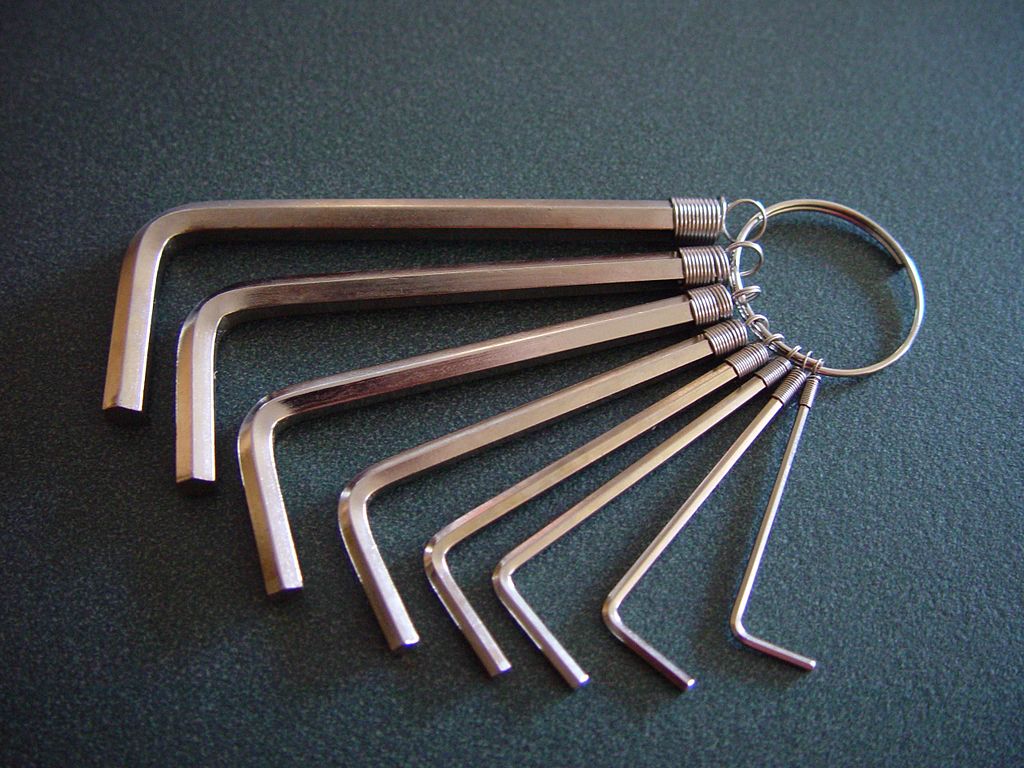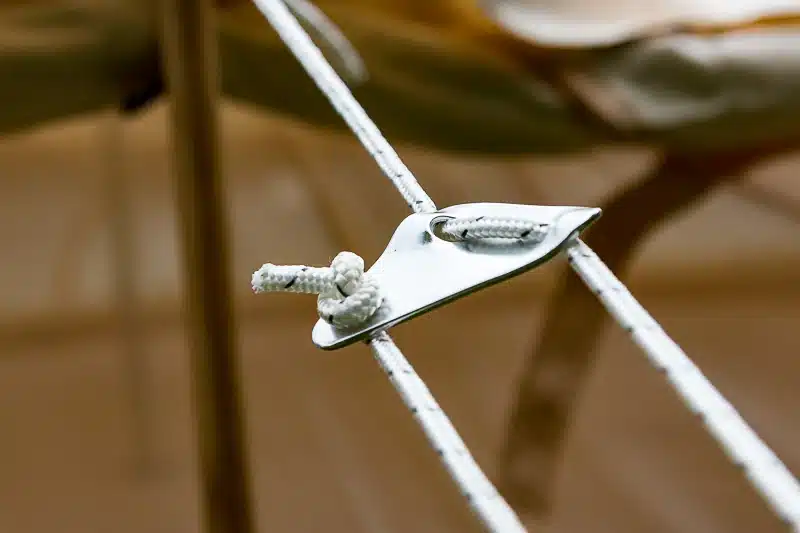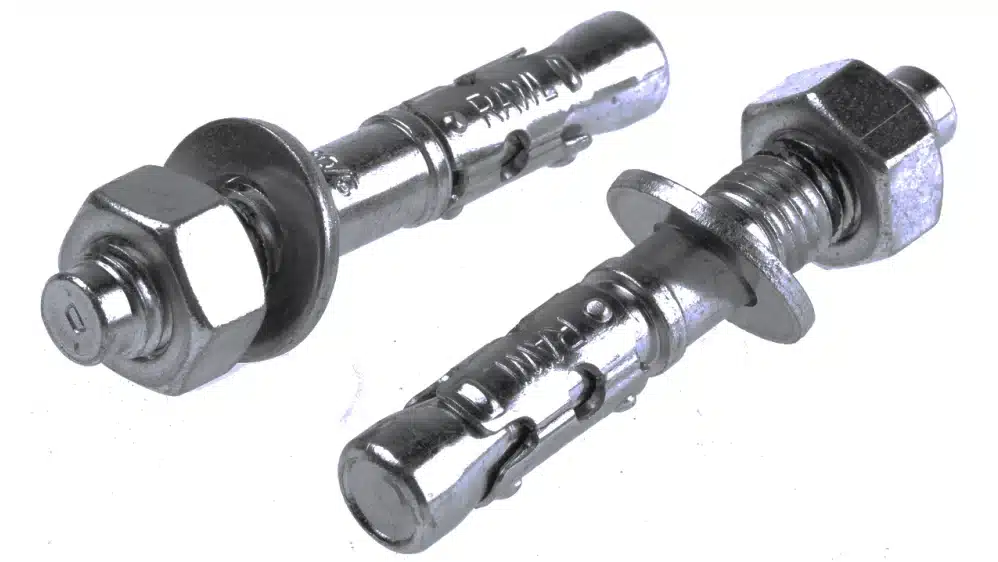“The ordinary is often extraordinary when you take a closer look.”
Exploring the origins of these names is not just a lesson in etymology but a journey through time, inventions, and cultural shifts. It’s a reminder that every object has a narrative, often intertwined with the lives of people who left their mark on the world in unexpected ways. Join me as we unravel the stories behind these humble yet intriguingly named tools.
Unveiling The Mystery: The Origin Of Lazy Susan
Have you ever found yourself at a dining table, reaching out for a dish just out of arm’s length and thinking, “If only I had one of those spinning trays!”? This ingenious contraption, commonly known as a Lazy Susan, has spun its way into the heart of many households, but its origin remains intriguingly hazy.
As a child, I remember the special treat of heading out to a Chinese restaurant for dinner. And I also remember the unique table that would be at the centre of it all, spinning around serving up an endless supply of tasty treats. It wasn’t until years later, during a casual conversation at a friend’s dinner party, that the curious name “Lazy Susan” grabbed my attention. But why Susan, and why lazy?
Legend has it that the term might have originated from Thomas Jefferson, who supposedly invented a similar turntable for his daughter, Susan, though there’s no concrete evidence supporting this story. Others attribute the name to the early 20th century when such devices became popular in America. Theories suggest that “Susan” was a common maid’s name, and the term reflected a device that could take over some of the serving tasks typically done by a household servant, thus the term “lazy” attached to it.

The Ingenious Allen Key: A Name With A Twist
Reflecting on my own experiences, I often marvel at everyday objects that seamlessly integrate into our lives. The Allen Key, for instance, is one such tool that carries a story worth telling. You see, this name didn’t always know this indispensable tool. Its naming journey is a fascinating tale of innovation and branding.
The story begins in the early 20th century with William G. Allen, an inventor from Massachusetts. Allen was passionate about creating safer and more efficient tools. His breakthrough came with the invention of the hexagonal screw and the corresponding driving tool, which we now fondly call the Allen Key. The revolutionary design offered a simple yet incredibly effective solution for tightening and loosening fasteners.
But the name ‘Allen Key’ wasn’t an immediate hit. Initially, it was referred to as the ‘Allen Wrench,’ a term still commonly used in America. However, in NZ and other parts of the world, it evolved into the ‘Allen Key,’ a tribute to the tool’s shape and functionality.

Guy Rope: A Name Anchored In Tradition
As a child, I spent countless weekends camping with my family. Setting up the tent was always a beloved ritual, and I distinctly remember my father explaining the importance of securing the guy ropes. Little did I know that simple camping equipment had a name steeped in history and tradition.
The term “guy rope” dates back to the early 17th century, deriving from the Old French word “guie,” which means a guide or a rope. It was initially used in the nautical world, where sailors would rely on these ropes to guide the sails and rigging of their ships. The word “guy” has evolved, and in this context, it has nothing to do with the modern-day usage of referring to a man or fellow.
One might ponder the significance of such a name – after all, why not simply call it a “support rope”? The answer lies in the rich tradition of nautical terminology, which has influenced many aspects of our language. The sailors’ reliance on guy ropes for stability and safety mirrored our need for security during our camping adventures. By calling them “guy ropes,” we honour this historical connection and the legacy of the maritime traditions that shaped them.

The Rawlplug: Or is that Wall Plug?
Interestingly, few know that the Rawlplug owes its name to John Joseph Rawlings, the British engineer who invented it in 1910. It was Rawlings who saw the need for a simple yet effective solution to secure screws in materials that couldn’t hold them on their own, like plaster walls. The Rawlplug, an early form of the modern wall anchor, transformed how we approach DIY projects and construction.
This nifty invention was a technical breakthrough and a solution borne out of necessity. Imagine trying to mount shelves or fixtures in a home without a reliable means of securing them. Rawlings’ insight and ingenuity provided an efficient answer that we often take for granted today. His name became synonymous with the small but mighty device; hence, “Rawlplug” entered the vernacular as a proper name for wall anchors in general.
But – there’s more!
As we dive deeper into the intertwined stories of everyday items and their names, it’s fascinating to think about how many more tales are hidden in plain sight.
For instance, consider the humble Leotard. Named after the French acrobat Jules Léotard, this form-fitting attire has become a staple in dance studios and gyms worldwide. Each time I slip into one for my yoga class, I can’t help but feel a connection to the daring spirit of its namesake, imagining his flips and somersaults through the air.
Another classic example is the Cardigan. Named after James Thomas Brudenell, the 7th Earl of Cardigan, this cosy garment has a rich military history dating back to the Crimean War. Wearing one during the chilly months feels like wrapping myself in a piece of history, reminding me of how fashion often intersects with our past.
Let’s not forget about the Graham Cracker, named after Reverend Sylvester Graham, who promoted the idea of a vegetarian diet in the 19th century.
And what about those rejuvenating Jacuzzi whirlpools? Named after the Jacuzzi brothers, who invented the first underwater pump for personal use, these hot tubs are not just about luxury; they represent innovation and a leap towards modern relaxation solutions.
Then there’s the Bunsen Burner, an essential apparatus in laboratories worldwide. Named after German chemist Robert Bunsen, each whisper of flame that dances above the burner sparks a deeper appreciation for scientific discovery.
Speaking of innovation, let’s talk about the Diesel Engine, named after its inventor Rudolf Diesel. This powerhouse of engineering changed the landscape of transportation and industry.



